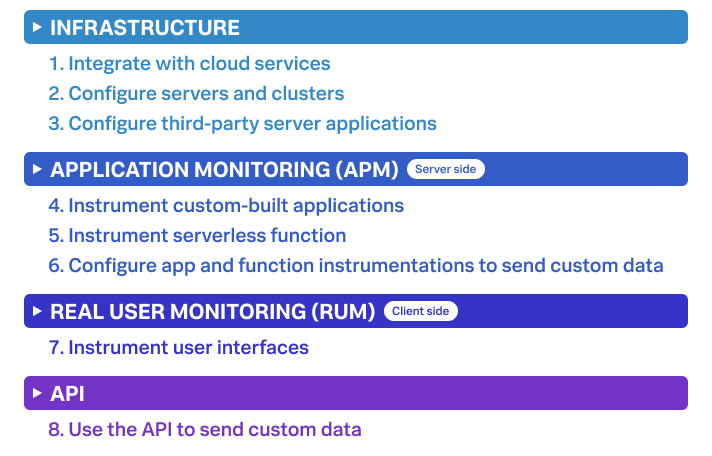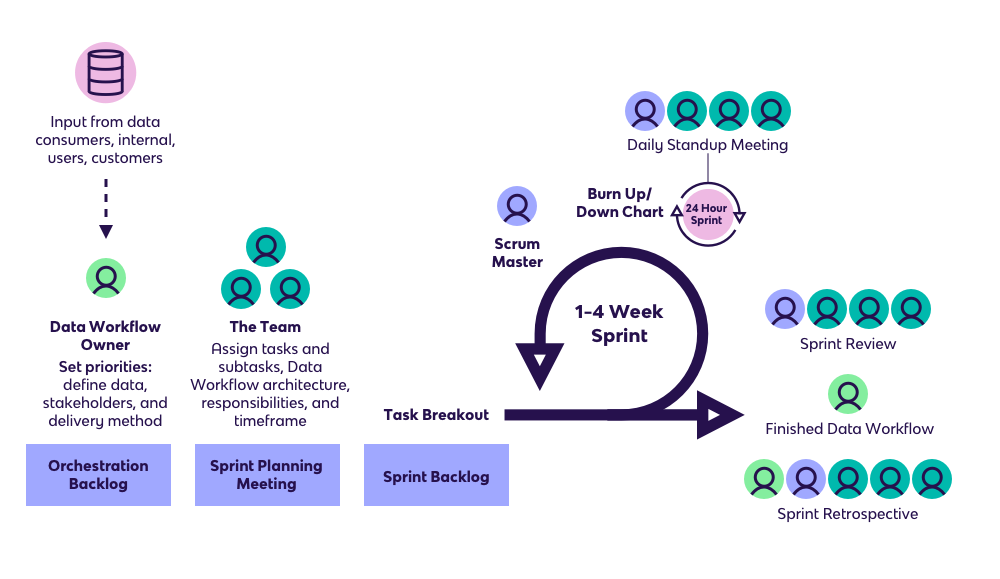
Are you tired of constantly sifting through mountains of data to find the information you need? Do you struggle to keep up with the ever-increasing complexity of modern IT environments? If so, you’re not alone. Many organizations are struggling to manage their data effectively, which can lead to costly downtime and reduced productivity.
Enter Splunk, a leading provider of data analytics solutions. Splunk’s platform enables organizations to collect, analyze, and visualize their data in real-time, allowing them to make better-informed decisions and improve their overall efficiency. But what sets Splunk apart from other data analytics solutions is its use of DataOps – a methodology that emphasizes collaboration, automation, and continuous improvement.
In this article, we’ll explore how Splunk is using DataOps to enhance Monitoring and Observability, and how you can apply these principles to your own IT operations.
What is DataOps?
Before we dive into how Splunk is using DataOps, let’s take a closer look at what this methodology entails.
DataOps is a set of practices and principles designed to streamline the entire data lifecycle – from collection and processing to analysis and visualization. At its core, DataOps is all about collaboration and automation. It emphasizes the use of agile development methodologies, continuous integration and delivery, and automated testing and deployment to ensure that data is processed and analyzed as quickly and efficiently as possible.
By embracing DataOps, organizations can reduce the time and resources required to manage their data, while also improving the quality and accuracy of their insights. DataOps is particularly well-suited for complex, rapidly-evolving environments, where traditional data management approaches may fall short.
How Splunk Uses DataOps for Monitoring and Observability
So, how exactly is Splunk leveraging DataOps to enhance Monitoring and Observability? Let’s take a closer look.
Collaborative Data Management
One of the key principles of DataOps is collaboration. Splunk’s platform enables teams to work together seamlessly, regardless of their location or department. This means that IT teams can easily share data and insights, collaborate on troubleshooting efforts, and work together to resolve issues quickly.
Automated Data Collection and Processing
Another key aspect of DataOps is automation. Splunk’s platform automates many of the data collection and processing tasks that would typically require manual intervention. This frees up IT teams to focus on higher-level tasks, such as analysis and visualization.
Continuous Improvement
Finally, DataOps emphasizes continuous improvement. Splunk’s platform provides real-time feedback on system performance, enabling teams to identify and address issues as they arise. This feedback loop allows teams to continuously improve their processes and systems over time.
How You Can Apply DataOps to Your Own IT Operations
Now that we’ve explored how Splunk is using DataOps for Monitoring and Observability, let’s discuss how you can apply these principles to your own IT operations.
Embrace Collaboration
Start by breaking down silos and encouraging collaboration across your organization. This can be achieved by implementing tools and processes that enable teams to work together seamlessly, regardless of their location or department.
Automate Where Possible
Look for opportunities to automate repetitive or time-consuming tasks, such as data collection and processing. This will free up your IT teams to focus on more strategic tasks, such as analysis and visualization.

Prioritize Continuous Improvement
Finally, prioritize continuous improvement by establishing feedback loops and metrics that enable you to monitor system performance and identify areas for improvement. Use this feedback to adjust your processes and systems over time, and continuously iterate and improve.
Conclusion
Splunk’s use of DataOps for Monitoring and Observability is a testament to the power of this methodology. By embracing collaboration, automation, and continuous improvement, Splunk is able to provide its customers with real-time insights that enable them to make better-informed decisions and improve their overall efficiency.
By applying these same principles to your own IT operations, you can achieve similar results. Embrace collaboration, automate where possible, and prioritize continuous improvement, and you’ll be well on your way to harnessing the power of DataOps for your organization.